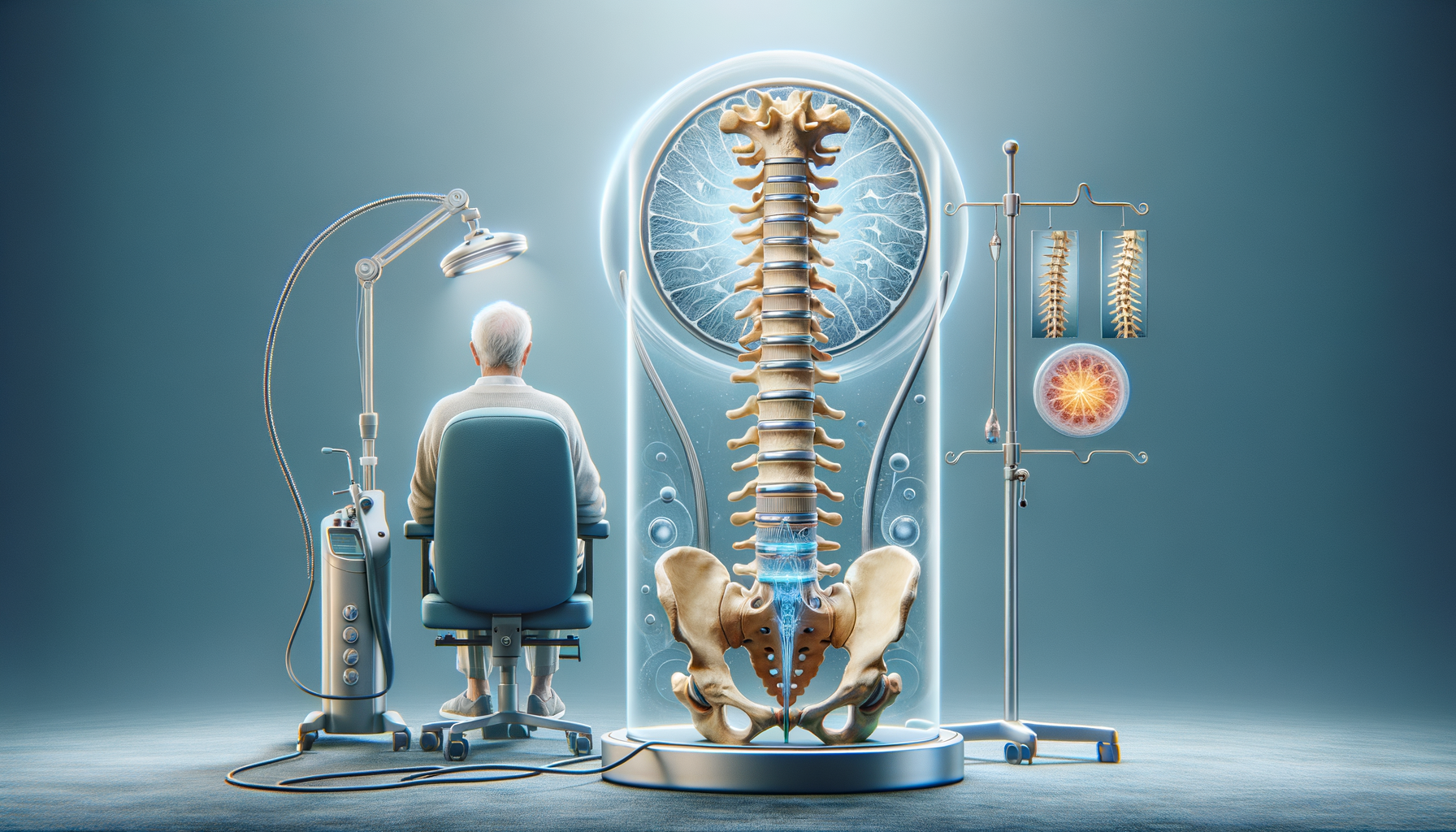Introduction to Spinal Decompression
As we age, our bodies undergo various changes that can lead to chronic discomfort, particularly in the back. Spinal decompression has emerged as a promising non-surgical treatment for alleviating back pain, especially among seniors. This therapy aims to relieve pressure on the spinal discs, which can lead to significant pain reduction and improved mobility. Understanding the intricacies of this treatment can empower individuals to make informed decisions about managing their back pain effectively.
How Spinal Decompression Works
Spinal decompression therapy involves stretching the spine using a traction table or a similar motorized device, with the goal of relieving back pain. The process creates negative pressure within the discs, which can help retract herniated or bulging discs and promote the movement of water, oxygen, and nutrient-rich fluids into the discs, enabling them to heal. This method is particularly beneficial for conditions such as sciatica, degenerative disc disease, and spinal stenosis. The treatment is typically painless and can be a viable alternative to surgery for many patients.
- Non-invasive: Unlike surgical options, spinal decompression does not require incisions or anesthesia.
- Customizable: The treatment can be tailored to address specific areas of discomfort.
- Complementary: Can be used alongside other therapies such as physical therapy or chiropractic care.
Benefits and Risks of Spinal Decompression
Spinal decompression offers numerous benefits, making it an attractive option for seniors. It can provide significant pain relief, improve mobility, and enhance the quality of life. However, like any medical treatment, it comes with potential risks. Some patients may experience muscle spasms or soreness after sessions. It’s crucial to consult with a healthcare professional to determine if spinal decompression is appropriate for an individual’s specific condition. Despite these risks, many patients find the benefits far outweigh the drawbacks, particularly when traditional methods have failed to provide relief.
- Benefits: Pain reduction, non-surgical, improved disc health.
- Risks: Temporary discomfort, not suitable for all conditions.
Comparing Spinal Decompression with Other Treatments
When considering treatment options for back pain, it’s essential to compare spinal decompression with other available therapies. Traditional methods such as medication and physical therapy focus on managing symptoms, while decompression aims to address the root cause. Surgery, on the other hand, is more invasive and carries higher risks. Spinal decompression provides a middle ground, offering effective relief without the need for invasive procedures. Each treatment has its pros and cons, and the choice depends on the individual’s health, severity of the condition, and personal preferences.
- Medication: Symptom management, potential side effects.
- Physical Therapy: Strengthens muscles, may not address disc issues.
- Surgery: Invasive, longer recovery time, higher risk.
Conclusion: Is Spinal Decompression Right for You?
Deciding whether spinal decompression is the right choice involves careful consideration of several factors, including the nature and severity of the back pain, previous treatments, and overall health. Consulting with a healthcare provider is essential to evaluate the suitability of this therapy. For many seniors, spinal decompression offers a promising path to pain relief and improved quality of life, providing a non-invasive alternative to surgery and a complementary option to other therapies. With its potential to significantly enhance mobility and reduce discomfort, spinal decompression could be a valuable addition to a comprehensive pain management strategy.




Leave a Reply